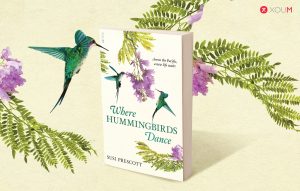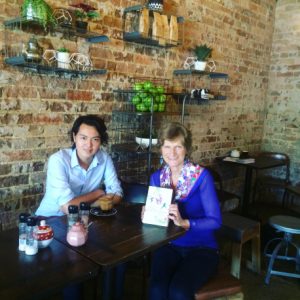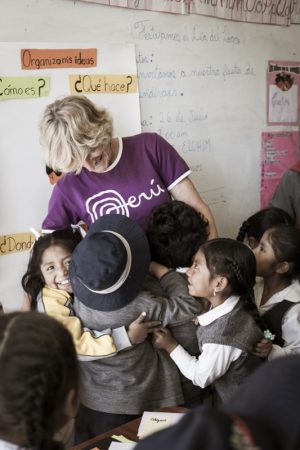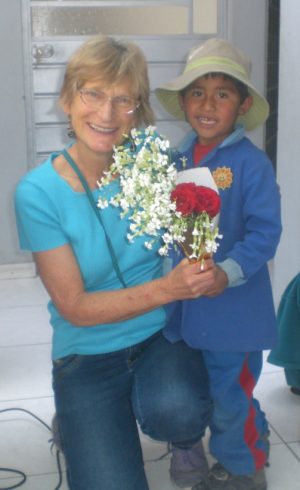Susi Prescott had spent almost her whole life on the North Shore, but with the sudden demise of her thirty-year marriage, she packed up her former life, farewelled her adult children, and moved to the city of Arequipa in Peru. She intended to stay for twelve months, but ten years later, she’s still there, working in a struggling school at the foot of the Andes. In April her memoir, ‘Where Hummingbirds Dance’, was released in Sydney, and is available in all good bookshops in Australia, and on Amazon internationally as hard copy or e book.
Tony Zhang from ECX spoke with Susi Prescott at the Vertigo cafe to discuss her story and her new book.
Susi, please tell us about how this journey started?
I was born in England and have always been a bit of a wanderer. Apparently, aged less than two, I toddled off one afternoon and ended up on the main London road at midnight. By the time I was three or four, I already had a global crossing and several other solo expeditions under my belt!
I married and had children, but my adventurous nature never left me. I’d watch the 7 pm news on the television while cooking for my family . . . the aid-workers handing out rice to refugees amid scenes of devastation and suffering, and I’d think, ‘That’s where I want to be! Helping the needy, making a difference!’
But then the microwave would beep and I’d turn away to continue preparing the balanced meal in my first world kitchen with every necessary ingredient, shiny appliances, and clean, running water, hot and cold, available at the turn of a tap . . .
By the time my husband left, my four children were grown, and I realised my chance had come to do something about my dreams. I would reinvent myself! Go out into the world and do good works! And on the way, I would heal!
Once I had made this completely impulsive, ill-informed decision, there was no going back, despite my alarmed thoughts of, ‘Help! What have I done?’. So I set off, with absolutely no idea what to expect.
My first stop was Nepal, where I spent three months training English teachers, then I went to Rwanda in Africa and trained teachers in French. My next destination was Peru, where I intended to stay for one year but have ended up staying for ten, with still no intention of leaving.
‘When calamity strikes, it may not as devastating as you first thought, if you can just see it in another way. By making space in your mind and in your thinking, allowing the universe to surprise you with new possibilities, you can change the way you see things’.
Your experiences formed the basis of the book, ‘Where Hummingbirds Dance’. Given you’ve been to so many different places, such as Nepal and Rwanda, why did you choose to settle down in Peru? What made it special?
I first visited Peru with friends for a trekking holiday, six months after my separation. Our last hike was around the isolated mountain range of Ausangate. There, I met a small boy who changed my life, and the experience planted the seed for my return.
After that trek, we ended up in Arequipa. I was in the Plaza de Armas, watching children splashing their hands in the fountain, when a little voice whispered in my head, ‘You could live here!’ While I am a dreamer, I am also very practical, so I immediately rushed off to an English teaching institute, to line up a job which could enable me to return. From then on, nothing was going to stop me.
After your experience in Peru for most of the past decade; coming back to the North Shore, do you feel it has changed?
I’ve learned that people on the North Shore of Sydney suffer as much as people elsewhere. It’s just a different sort of suffering; ill health, caring for the aged, disability and mental health issues. What I do love about Sydney, and especially the North Shore, is that you can set out for a walk and find beauty everywhere. In Arequipa, you can go to a lovely, flower-filled park, but when you turn a corner, you are just as likely to see reminders of chaotic disorder and destitute poverty.
For people that are thinking about leaving a comfortable lifestyle to go on a journey of unknowns, what would you tell them?
Do it! Go with an open mind and no expectations. Nothing will be as you expected. Go with humility because you will learn so much. Don’t overthink it, or you may lose your nerve!
Every journey starts with a simple first step. Of course, you must use your common sense and know the precautions to take. But in the end, it all comes down to following your heart. Whether overseas, or at home in Australia!
If you really want to and your intentions are good, you will achieve your ends, even if not in the same way you might have thought.
Let’s talk about your amazing new book, Where Hummingbirds Dance. I was curious about the title, was there any specific meaning? Also, how was the book cover selected?
In Arequipa, I live in a rustic little cottage beside a jacaranda. The cover of the book is the view from my kitchen window. The hummingbirds dance so close I could reach out and touch them. Every time they visit, they fill me with joy and peace.
What is your message for readers of ‘Where Hummingbirds Dance’?
‘When calamity strikes, it may not as devastating as you first thought, if you can just see it in another way. By making space in your mind and in your thinking, allowing the universe to surprise you with new possibilities, you can change the way you see things’.
Did your inspiration come from self-discovery, or did other people provide guidance?
It was a bit of both. I have learned much over the past ten years, thanks to the wisdom of others, and the tranquil intuition of meditation.
What are your plans for the future?
My three main focuses at the moment: my school in Arequipa, research for my next book, wherever it may take me, and my family and friends.
What would your final message be for aspiring book writers?
First, read. Find out what you like, why you like it, and look at the style. Then read some more!
And second, go to a good creative writing course, like those run by Janet Fennell at the North Sydney Community Centre. Then it’s a case of constant, diligent practice and not giving up. The process will take on its own momentum from there.
This is a preview version of Susi’s interview. For the full version stay tuned for Issue 3!
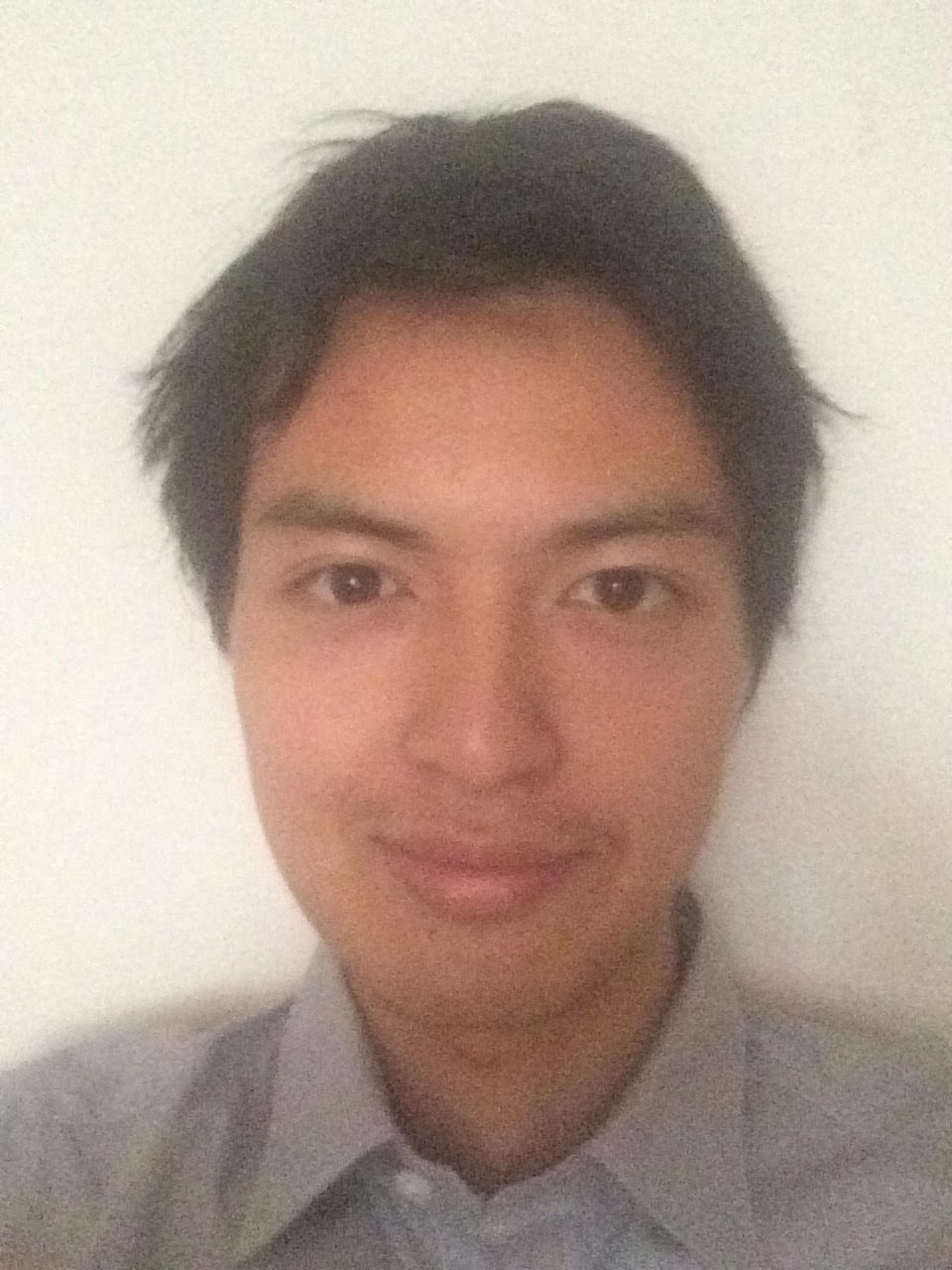
Journo for ECX Magazine

